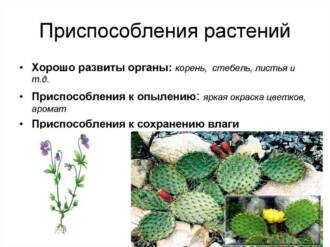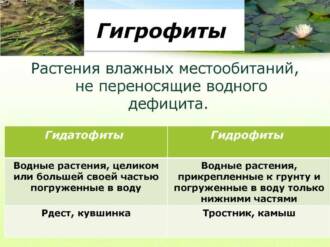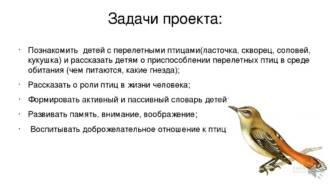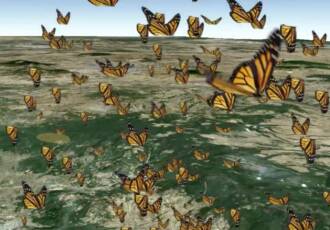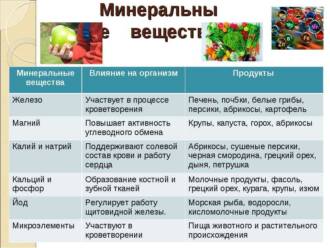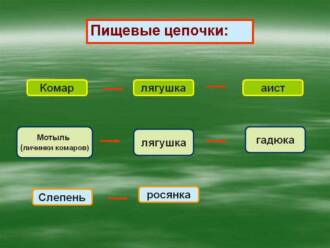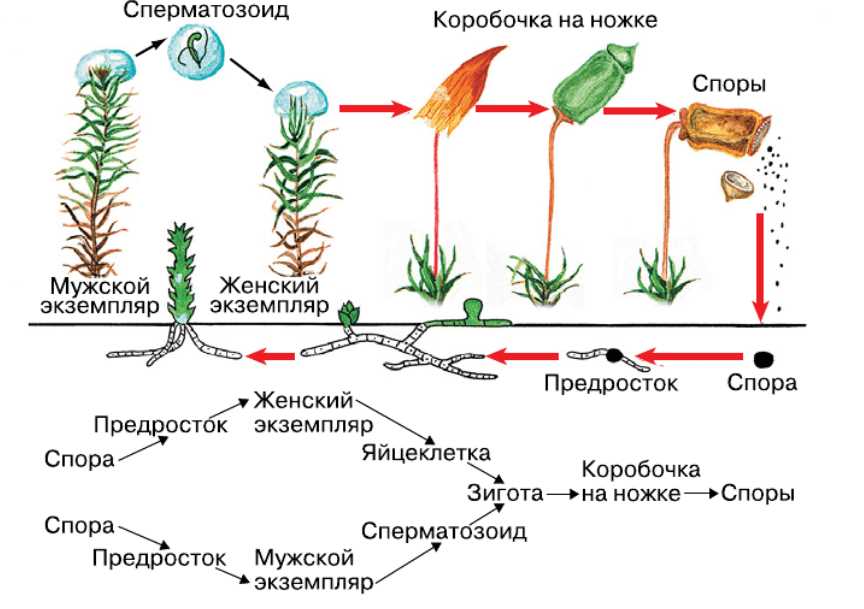
butterflies - These are amazing and colorful insects that are found in many parts of our planet. One of the most interesting and unusual habitats for butterflies are swamps. The specific environment and living conditions in the swamps create special requirements for the reproduction, nutrition and survival of these winged creatures.
reproduction butterflies in swamps occurs in accordance with their life cycle. The main phases of this cycle are egg, caterpillar, pupa and adult. Wetlands are ideal places to lay eggs, as they provide enough food and protection for the larvae to develop. Caterpillars, having hatched from eggs, actively feed on various plants that grow abundantly in swamps. After that, they turn into pupae, in which the transformation of an adult takes place. Adult butterflies usually do not live long and spend most of their lives looking for a breeding partner.
Nutrition butterflies in swamps is an important aspect of their survival. Due to the variety of plants that grow in swamps, butterflies have the opportunity to choose the best food source for themselves. They feed on the nectar secreted by flowers, as well as pollen and plant sap. Some species of butterflies have specialized organs for feeding, such as a long mouth proboscis, which allows them to reach nectar in hard-to-reach places.
Survival butterflies in swamps depends on many factors. One of the main ones is the availability of suitable conditions for the reproduction and development of larvae. Wetlands provide abundant food and shelter, which aids in the survival and successful transformation of caterpillars into pupae. In addition, butterflies in swamps are also protected from some predators due to the complex structure and dense vegetation. However, changes in the swamp ecosystem can negatively affect butterfly populations, so it is important to preserve their unique habitat.
Variety of butterflies in swamps

Wetlands provide a unique habitat for many different species of butterflies. They represent a special ecosystem complex, where there are certain conditions that contribute to the development and diversity of butterfly species.
In swamps, you can observe various families of butterflies, such as pigeons, scoops, swordtails and others. Each family has its own characteristics and characteristics that allow them to successfully adapt to environmental conditions.
One of the most famous and widespread species of butterflies that live in swamps is the blueberry. It is distinguished by its bright color of wings and active flight. Bluebirds can attract attention with their beautiful flowers and are important pollinators of flowering plants in swampy areas.
In the swamps, you can also find rare and unique species of butterflies that have adapted to the special environmental conditions. They may have a specific coloration and wing structure that helps them hide from predators and find food in marsh vegetation.
It is interesting to note that swamps are an important breeding ground for butterflies. They may lay their eggs on aquatic or marsh plants where the larvae will develop. This process is an important link in the life cycle of butterflies and contributes to the renewal and diversity of the population of these beautiful insects.
Features of breeding butterflies in swamps
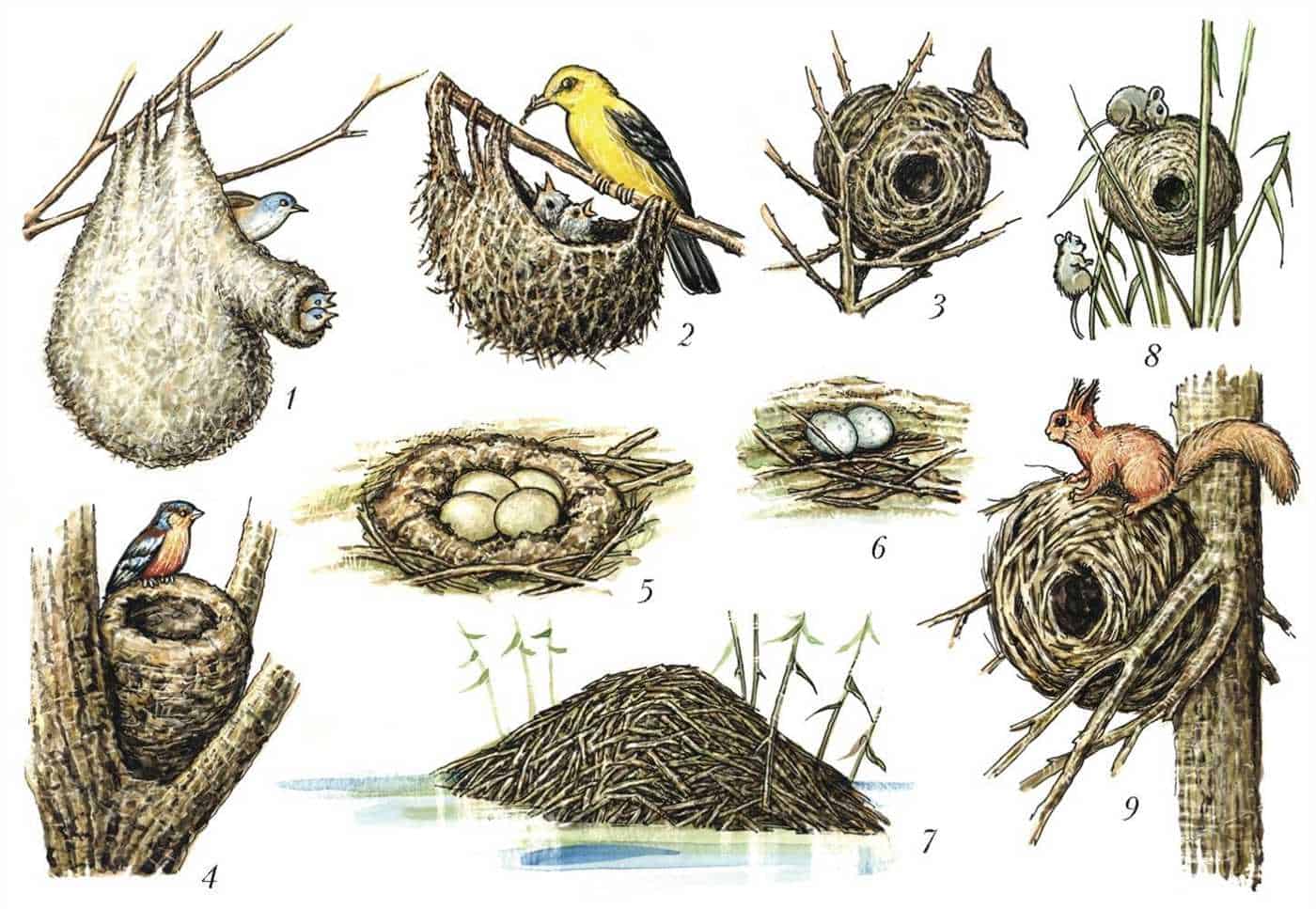
Marshes are a special environment where butterflies are in constant contact with water and vegetation. Because of this, they develop unique breeding strategies to adapt to living in such environments.
Special places for laying eggs
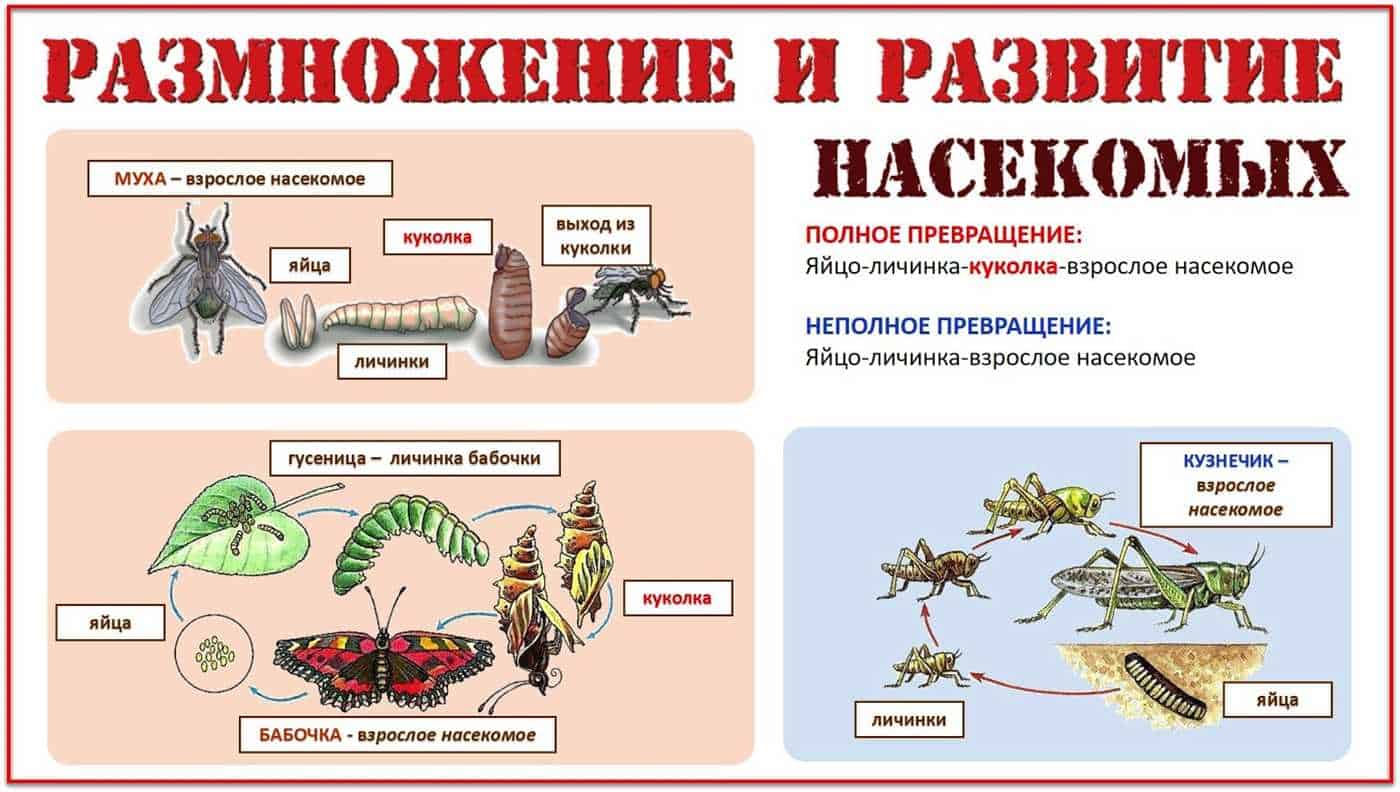
Butterflies that live in swamps choose special places to lay their eggs. They prefer plants that grow in water or on the banks of a swamp. Such plants provide ideal conditions for the development of larvae, as they can find food and protection in this environment.
Male adaptations to attract females
Male butterflies in swamps develop special adaptations to attract females for breeding. They may have brightly colored wings or special antennae that emit pheromones to attract females. These attractive traits help males attract the attention of females and increase their chances of breeding.
Difficulties in reproduction

Butterfly breeding in swamps can be challenging due to the fickle nature of this environment. Wetlands can periodically disappear or change their boundaries due to changes in water levels. This creates difficulties for butterflies, which must adapt to new conditions and find new places to breed. However, due to their unique adaptations, swamp butterflies continue to breed and survive in this environment.
Feeding butterflies in swamps
Butterflies that live in swamps have their own special diet, which allows them to survive in this environment.
plant predators

One of the food sources of butterflies in swamps are predator plants. They attract insects with their sticky traps that insects fall into despite their small size. Butterflies are in search of these plants and feed on insects located on them.
flower nectar

Another source of food for butterflies in swamps is the nectar of flowers. Butterflies actively visit flowering plants to obtain nutrients from their flowers. They are attracted to bright colors and the sweet smell of flowers, which serve as a guide in their search for food.
Decomposition of organic material
The third food source for butterflies in swamps is the decomposition of organic material. Swamps accumulate a large amount of decaying vegetation and other organic matter. Butterflies feed on these substances, obtaining the necessary nutrients to survive.
In general, the nutrition of butterflies in swamps is based on the use of predator plants, flower nectar and the decomposition of organic material. These sources allow them to get everything they need to survive in this specific environment.
Butterfly adaptations to life in swamps

1. Masking and color adaptation
Butterflies that live in swamps have developed unique adaptations for hiding from predators and deceiving prey. One such adaptation is camouflage. Many species of butterflies that live in swamps have special colorations that allow them to blend in with their surroundings, such as swamp vegetation or rotting plant matter. Some types of butterflies have light and dull colors, which helps them not to stand out against the background of the marsh.
2. Specialized nutrition
In order to survive in the swamp environment, butterflies have developed specialized feeding mechanisms. One of these adaptations is the ability of some species of butterflies to feed on nectar from flowers that grow only in swamps. They have long and thin proboscises that allow them to reach nectar located at depth or in hard-to-reach places. Butterflies can also feed on the juices of rotten fruits and plants that abound in swamps.
3. Ability to fly over water
Butterflies adapted to life in swamps have special anatomical features that allow them to easily move above the water surface. They have wide-surface wings that help them glide and maneuver over water. Some species of butterflies also have elongated legs that allow them to stand on water, which is especially helpful when looking for food or a breeding partner.
Competition for resources in swamp communities
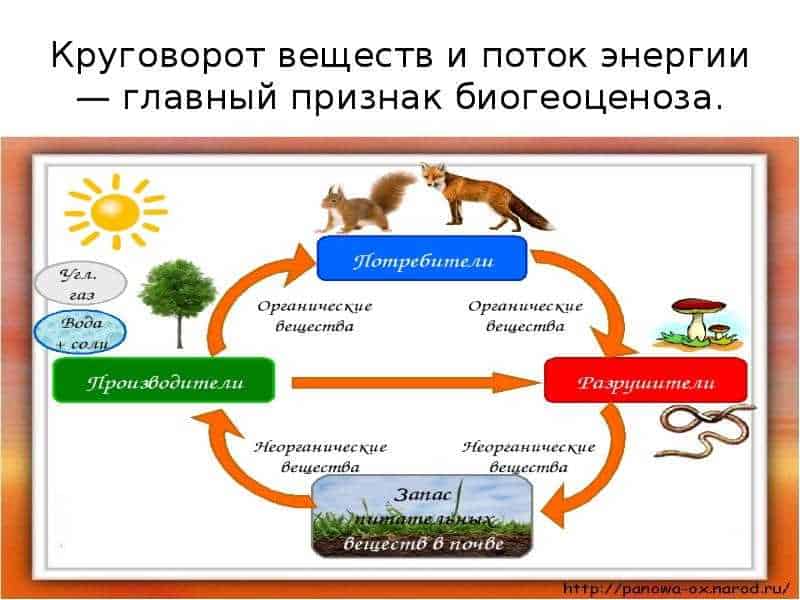
Wetlands are special ecosystems where competition for resources between different animal and plant species can be very high. In such conditions, each organism seeks to provide itself with optimal conditions for growth and reproduction, which leads to a struggle for access to food, space and light.
One of the main resources that different species compete for in swamp communities is food. Swamps are home to many insects, fish, amphibians, and other animals that feed on plants, decay, and other organic matter. Butterflies, for example, may compete for access to flower nectar, which is their main food source. They use various strategies, such as selecting certain plant species or feeding times, to minimize competition with other species.
Competition for space is also an important aspect in wetland communities. Plants compete for access to the light needed for photosynthesis. Taller plants can block out the light and hinder the growth of smaller species. However, some plants thrive in low light conditions and allow them to survive in the shade of other plants.
In addition, wetland communities may face competition for access to water and mineral resources. Aquatic plants and animals may compete for access to nutrients dissolved in water. They may develop adaptations such as long roots or specialized organs to absorb water and nutrients to provide themselves with the resources they need.
Thus, competition for resources is an important factor in wetland communities. It contributes to the evolution of species and maintains a balance in the ecosystem, where each organism finds its place and role.
Impact of climate change on butterflies in swamps

Climate change has a direct impact on biodiversity and ecosystems, including wetlands where many species of butterflies breed and live. Butterflies in swamps are important links in the food chain and perform a number of beneficial functions in the ecosystem, including plant pollination and control of insect populations.
However, climate change may have a negative impact on butterflies in swamps. Rising temperatures and changes in precipitation can lead to changes in environmental conditions, which can affect vegetation and the availability of food resources for butterflies. An increase in dry periods can lead to a decrease in the number of food plants and a deterioration in the conditions for the reproduction and survival of their caterpillars.
A possible consequence of climate change may be a shift in the boundaries of the distribution range of butterflies in swamps. Changes in temperature and climatic conditions may lead certain species of butterflies to seek new habitats where conditions are more suitable for their survival and reproduction.
In addition, climate change may affect the interaction of butterflies in swamps with other species and the ecosystem as a whole. Changing weather conditions can change the temporal and spatial patterns of butterfly activity, which can affect how they interact with other species, such as the plants they pollinate or the predators that prey on them. Such changes can lead to an imbalance in the ecosystem and a decrease in the number of butterflies in swamps.
Overall, climate change poses a major threat to butterflies in swamps. To conserve these unique and important species, measures are needed to adapt and protect their habitats. This may include the creation of nature reserves and protected areas, regulation of land and resource use, and education of public awareness of the importance of biodiversity conservation and environmental sustainability.
Defense mechanisms of butterflies in swamps
Butterflies living in swamp conditions have developed a variety of defense mechanisms to survive in the unpleasant conditions of this environment.
Disguise is one of the most common defense mechanisms. Butterflies can mimic their environment by taking on the color and texture of swamp vegetation, making them indistinguishable to potential predators.
Poisoning — another method of self-defense. Some species of butterflies in swamps have bright colors, which serve as a warning to predators about their toxicity. The colored pattern on the wings of butterflies can be a signal about the presence of toxic substances in their body, which scares off predators.
Size and shape can also serve as defense mechanisms. Some species of butterflies have large wings that serve to scare away predators or make it difficult to catch them. In addition, some butterflies have a hidden wing shape that helps them hide among vegetation and be invisible.
Acceleration is another defense mechanism used by butterflies in swamps. Some species of butterflies are able to move quickly, making them difficult for predators to catch. They can quickly fly away or elude danger, which increases their chances of survival.
Using a combination of these defense mechanisms allows swamp moths to successfully survive and reproduce in this challenging environment.

